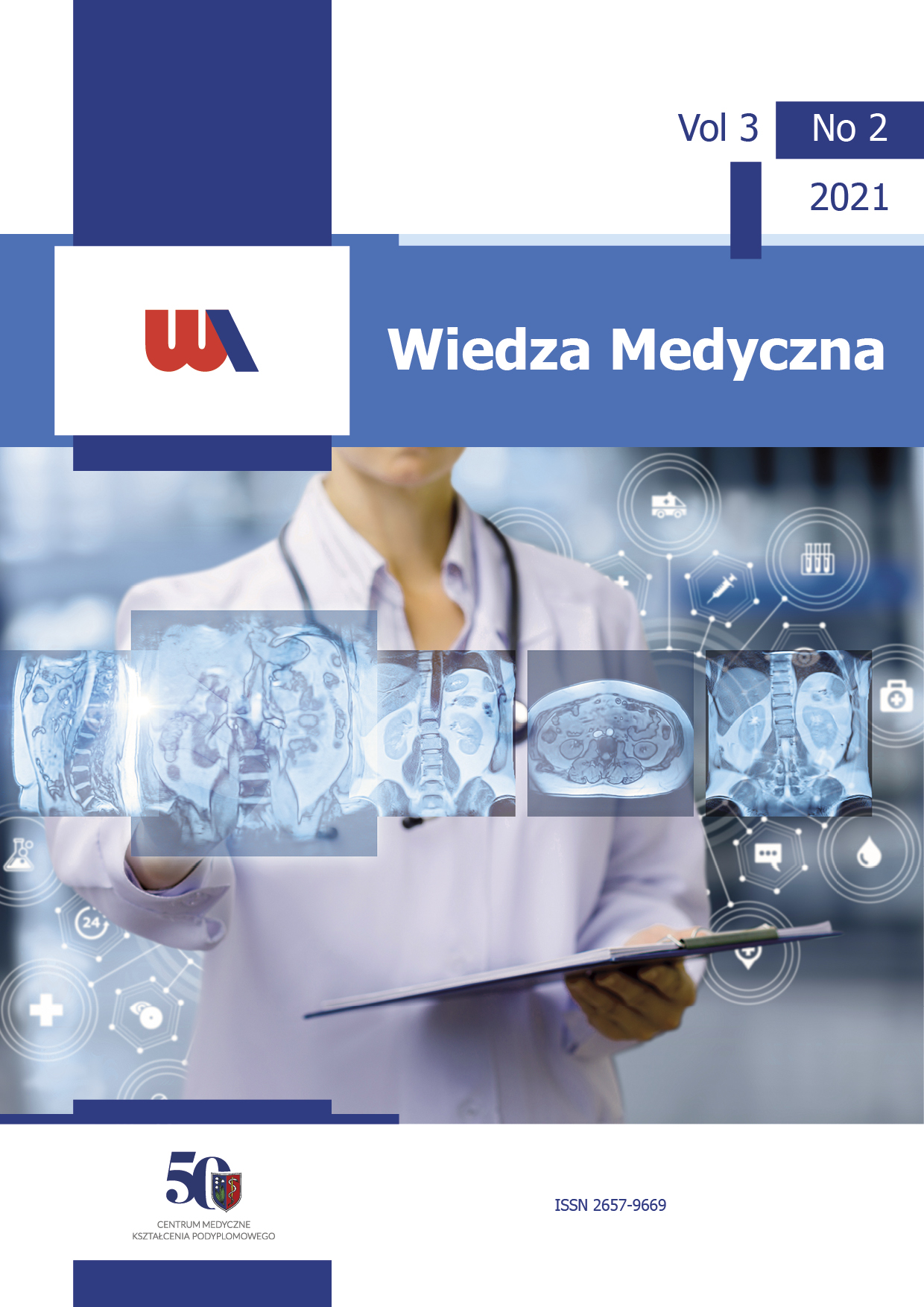Abstract
T1-mapping has proven to be a valuable tool in cardiac imaging. While mainly used in cardiac MRI, it is investigated for usage and application of T1-mapping to imaging of other organs and systems, including abdominal imaging, musculoskeletal imaging or neuroradiology, resulting in potential new prospects for medical imaging. T1-mapping provides numerical data on an inherent, physical property of imaged tissue – enabling quantitative and comparative assessment of tissue characterization f.ex. fibrosis, amyloid contents, fatty transformation, myelinization or contrast enhancement as well as lesion characterization.
Reports of application of T1-mapping in assessment of liver, kidney or pancreas fibrosis create perspectives of reducing the number of invasive diagnostic procedures, such as biopsies, as well as monitoring treatment response or disease progression. Furthermore T1-mapping can potentially replace MR elastography in assessment of liver fibrosis or used in thyroid fibrosis to define degree of destruction in AIT or other thyroid diseases. In neuroradiology T1-mapping is promising in the spine imaging, enabling better characterization of spinal cord lesions also has a potential to evaluate effectiveness of conservative or operative treatment. There are also successful reports of employing T1-mapping in orbital imaging, such as in predicting steroid resistant diplopia in Graves’ disease or in evaluation of diabetic cataracts. In musculoskeletal imaging, T1-relaxation could be a possible biomarker of bone quality that could play a role in osteoporotic fracture risk assessment.
In conclusion, T1-mapping shows promise as a quantitative method complementary to standard MR imaging beyond cardiac MRI, and needs further research and validation efforts to establish its place in standard diagnostic protocols.
References
(1) Taylor AJ, Salerno M, Dharmakumar R, Jerosch-Herold M. T1 Mapping Basic Techniques and Clinical Applications. JACC: Cardiovascular Imaging 2016; 9(1):67-81. DOI:10.1016/j.jcmg.2015.11.005.
(2) Graham-Brown MP, Singh A, Wormleighton J, et al. Association between native T1 mapping of the kidney and renal fibrosis in patients with IgA nephropathy. BMC Nephrology 2019; 20(1):1-7. DOI:10.1186/s12882-019-1447-2.
(3) Hoffman DH, Ayoola A, Nickel D, et al. MR elastography, T1 and T2 relaxometry of liver: role in noninvasive assessment of liver function and portal hypertension. Abdominal Radiology 2020; 45(9):2680-2687. DOI:10.1007/s00261-020-02432-7.
(4) Kim YC, Kim KR, Lee H, Choe YH. Fast calculation software for modified Look-Locker inversion recovery (MOLLI) T1 mapping. BMC Med Imaging 202; 21(1):26. DOI: 10.1186/s12880-021-00558-8.
(5) Ma J, Xu X, Wang S, Wang R, Yu N. Quantitative assessment of early Type 2 diabetic cataracts using T1,T2-mapping techniques. British Journal of Radiology 2019; 92(1103):1-5. DOI:10.1259/bjr.20181030.
(6) Liu J, Liu M, Chen Z, Jia Y, Wang G. Magnetic resonance T1-mapping evaluates the degree of thyroid destruction in patients with autoimmune thyroiditis. Endocrine Connections 2018; 7(12):1315-1321. DOI:10.1530/EC-18-0175.
(7) Endo K, Takahata M, Sugimori H, et al. Magnetic resonance imaging T1 and T2 mapping provide complementary information on the bone mineral density regarding cancellous bone strength in the femoral head of postmenopausal women with osteoarthritis. Clinical Biomechanics 2019; 65(2019):13-18. DOI:10.1016/j.clinbiomech.2019.03.010.
(8) Matsuzawa K, Izawa S, Kato A, et al. Low signal intensities of MRI T1 mapping predict refractory diplopia in Graves’ ophthalmopathy. Clinical Endocrinology 2020; 92(6):536-544. DOI:10.1111/cen.14178.
(9) Maier IL, Hofer S, Eggert E, et al. T1 Mapping Quantifies Spinal Cord Compression in Patients With Various Degrees of Cervical Spinal Canal Stenosis. Frontiers in Neurology 2020; 11:1-8. DOI:10.3389/fneur.2020.574604.

This work is licensed under a Creative Commons Attribution 4.0 International License.


